Plant trends are fun to follow, until you realize one of them quietly took over your space, required more attention than you ever expected, or started dropping leaves every time you looked at it wrong. Some trends come with more hassle than they’re worth, especially when they’re driven more by aesthetics than practicality.
On the other hand, a few trends stick around for good reason. They make sense, they work with real life, and they don’t fall apart the moment the hype fades. If you’re trying to figure out which plant ideas are worth the time and which ones might be better admired from a distance, here’s a breakdown of 10 that tend to disappoint and 10 that prove their value long after the buzz has died down.
Monstera Delirium
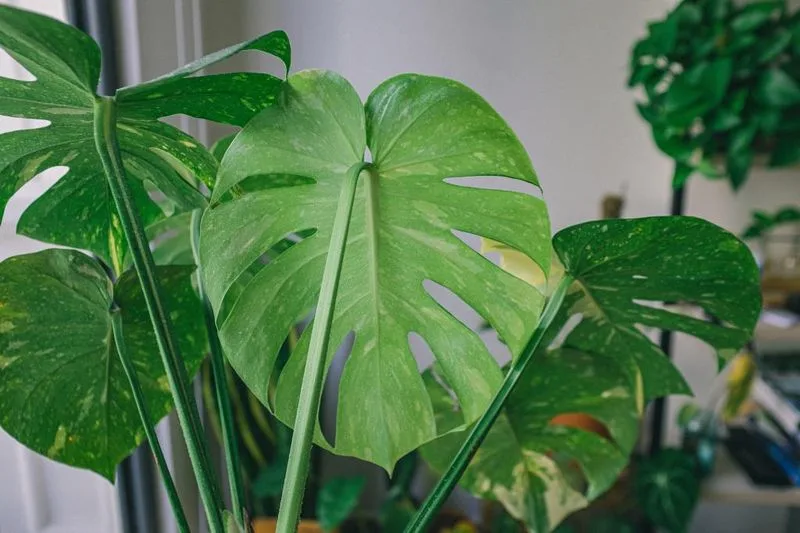
Monstera plants have exploded in popularity, but beware their aggressive growth. Initially, their large leaves and tropical vibes make them a hit. However, their size can quickly become overwhelming. In small spaces, they might dominate, requiring constant pruning and care.
Many find themselves regretting this choice as they struggle to manage the plant’s rapid expansion. They can also become quite unruly, needing support and space to thrive. Despite their initial allure, their maintenance demands can be off-putting. Ensure you have the space and time before committing to this leafy giant.
Succulent Overload
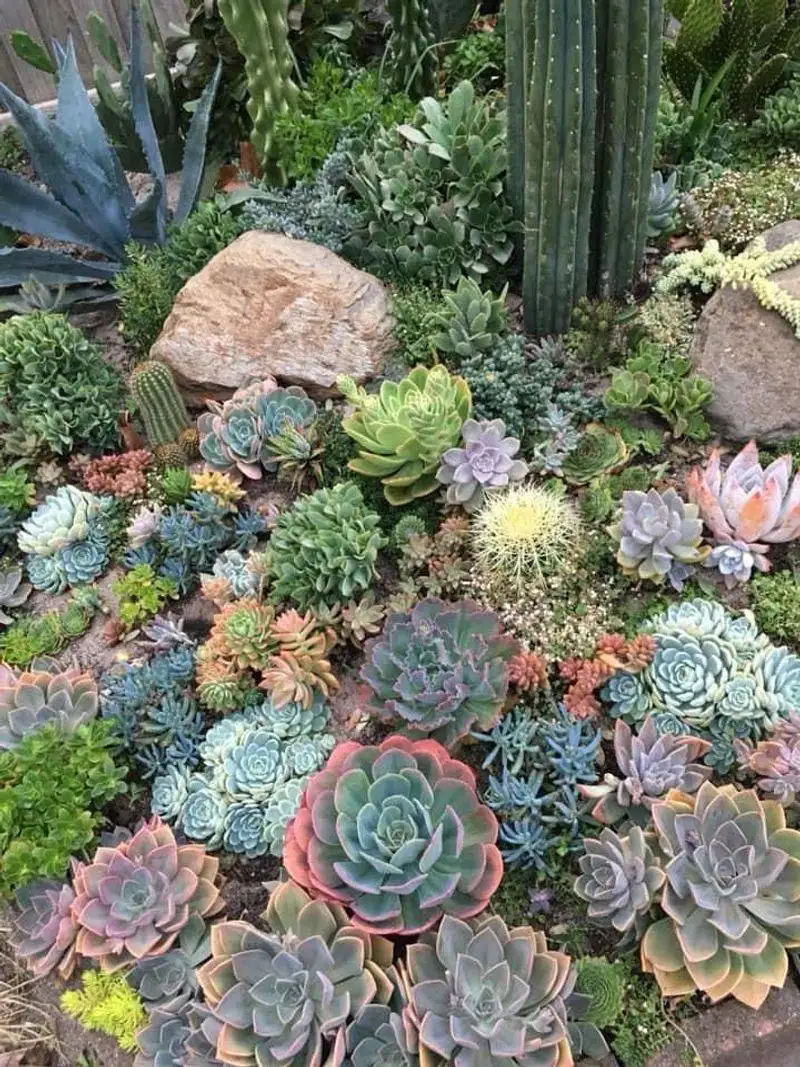
Succulents seem like the perfect low-maintenance plant, but many regret their purchase. While they’re trendy and come in various shapes, succulents can be surprisingly fussy. Overwatering is a common mistake, leading to rot.
Their care may require a delicate balance that catches many by surprise. Additionally, in humid climates, these desert plants struggle, often becoming victims of mold or pests. For those who aren’t prepared for their specific needs, succulents may not be the ideal choice. Consider your local environment before diving into the succulent craze.
Fiddle Leaf Fig Folly

Once the darling of interior design, the Fiddle Leaf Fig often leads to frustration. It’s known for its finicky nature, requiring precise watering and humidity levels. Many find their leaves browning or dropping unexpectedly.
This plant demands attention and is not forgiving of neglect or climate inconsistencies. As such, what begins as a statement piece can end in disappointment. Without the right environment, this trend can be more hassle than it’s worth. Ensure you’re ready to cater to its whims before adding this plant to your home.
Oversized Cactus Craze
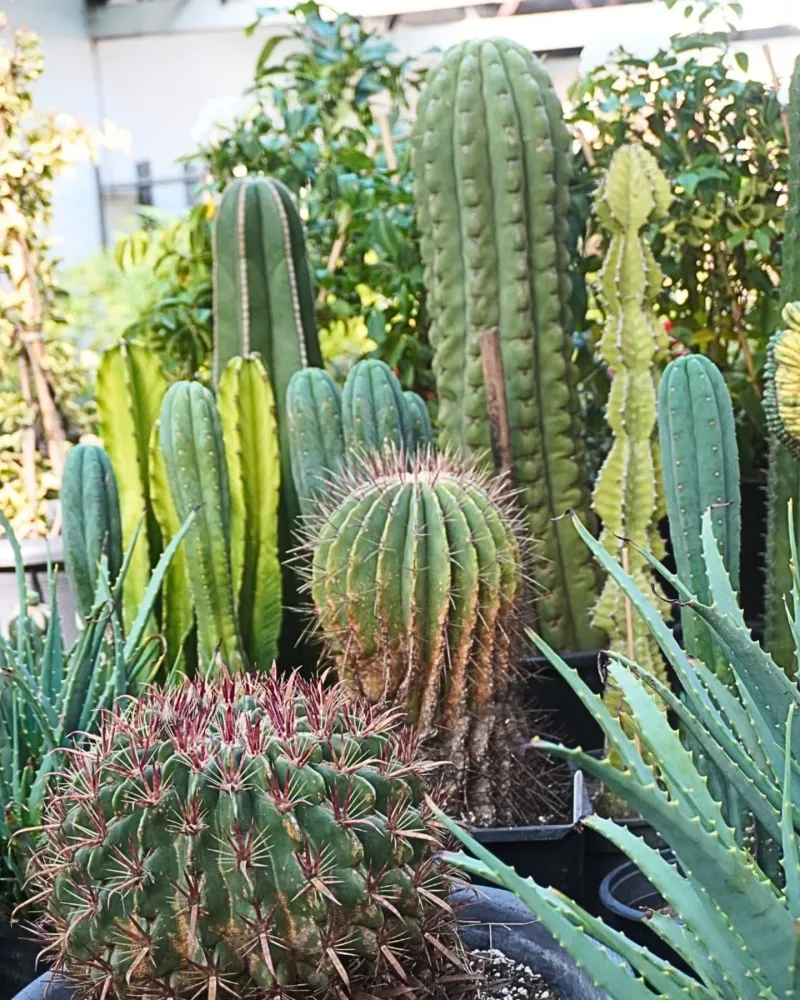
Cacti are often chosen for their low maintenance, but oversized varieties can become a prickly issue. In small homes, their size and spikey nature create challenges. They demand ample sunlight, often more than a typical indoor setting can provide.
While initially eye-catching, their placement becomes tricky, potentially leading to accidental injuries. Over time, regret may set in as they outgrow their designated space. Choosing smaller, more manageable varieties might be wiser. Understand the growth potential and needs of your cactus to avoid future frustration.
Air Plant Misstep
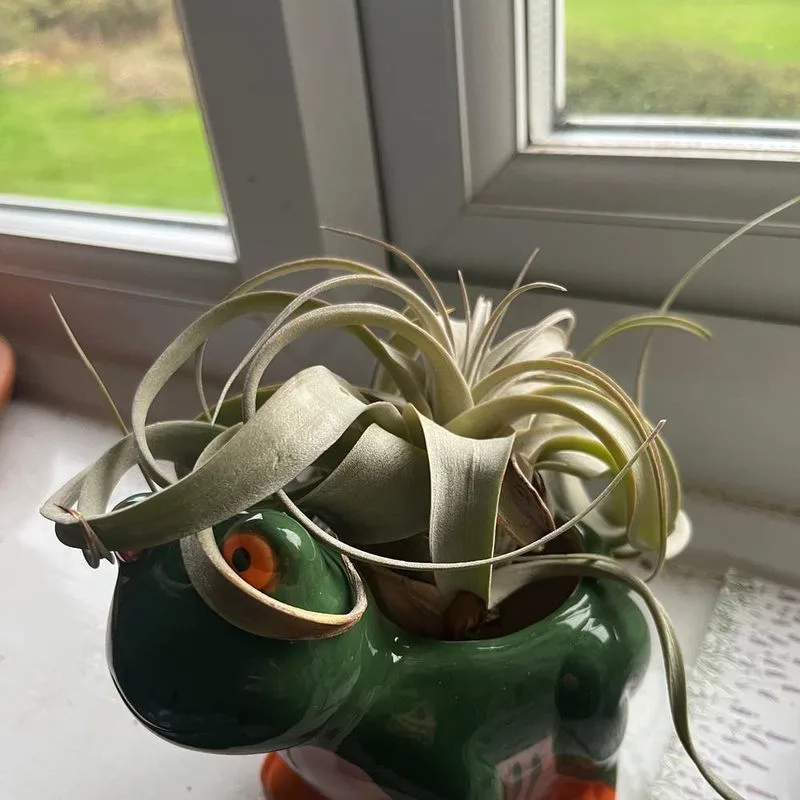
Air plants look effortlessly chic, but they can be deceiving. Many assume they’re easy to care for, only to find them browning or dying. Despite needing no soil, they require regular misting or soaking and specific lighting conditions.
Their minimalist appearance can mislead owners into neglecting their needs. Without consistent care, they quickly lose their charm. The allure of a no-fuss plant is tempting, but air plants might not be the carefree option they seem. Consider your commitment to their care before embracing this trend.
Bamboo Invasion
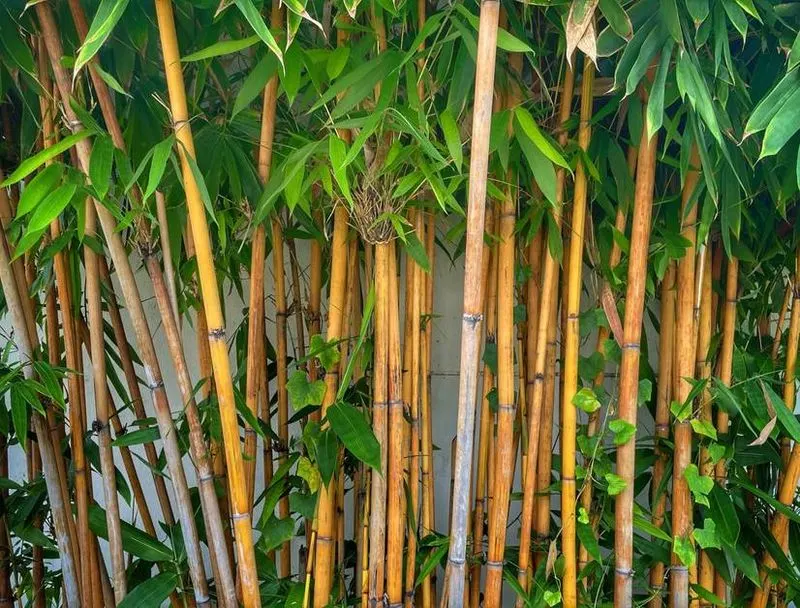
Bamboo promises a quick-growing privacy screen, but it can become invasive. Its rapid spread is both a blessing and a curse, often overtaking gardens. Many gardeners find themselves in a constant battle to contain it.
Its roots can be particularly challenging to manage, requiring barriers or regular trimming. The initial appeal of lush greenery can quickly turn into regret as control slips away. For those seeking a contained garden, bamboo might not be the best choice. Carefully consider your ability to manage its growth before planting.
Ivy Takeover

Ivy is often admired for its classic aesthetic, but its aggressive nature can lead to regret. When left unchecked, it can damage structures, burrowing into crevices and weakening walls.
Its growth is rapid, requiring diligent maintenance to prevent it from becoming overwhelming. Though it offers a charming, historical feel, the potential damage it can cause is significant. Those who plant ivy should be prepared for constant upkeep to preserve both the plant and their property. Evaluate the long-term implications before embracing the ivy trend.
Terrarium Tedium
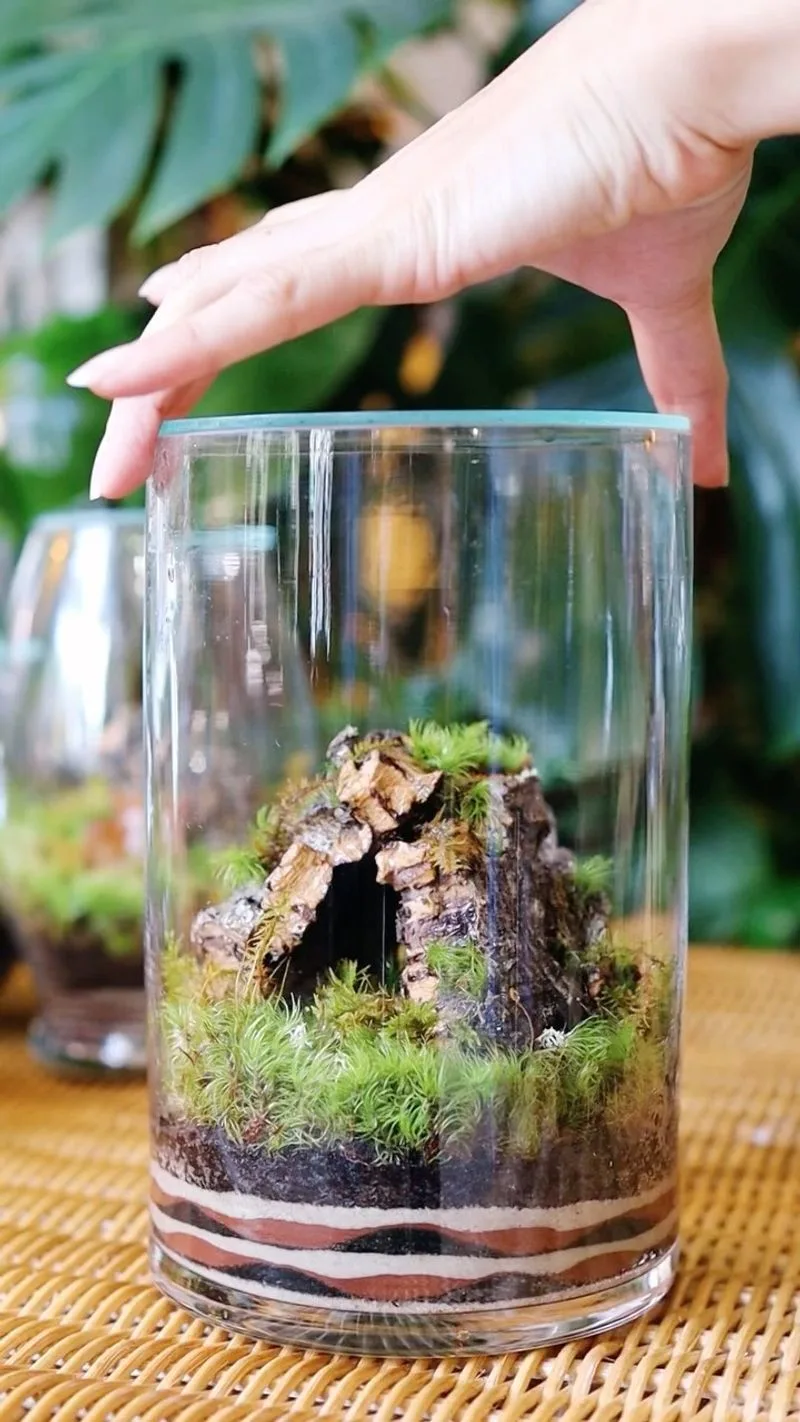
Terrariums captivate with their miniature ecosystems, but they often require more effort than anticipated. Maintaining the right humidity and balance can be tricky. As plants grow, they may outpace their confined space.
Condensation build-up is common, leading to mold or plant rot if not addressed. The initial charm of a self-contained garden can fade as maintenance challenges arise. While visually appealing, terrariums might not be the low-maintenance option many believe. Prepare for regular upkeep to keep these mini gardens thriving.
Fern Frenzy
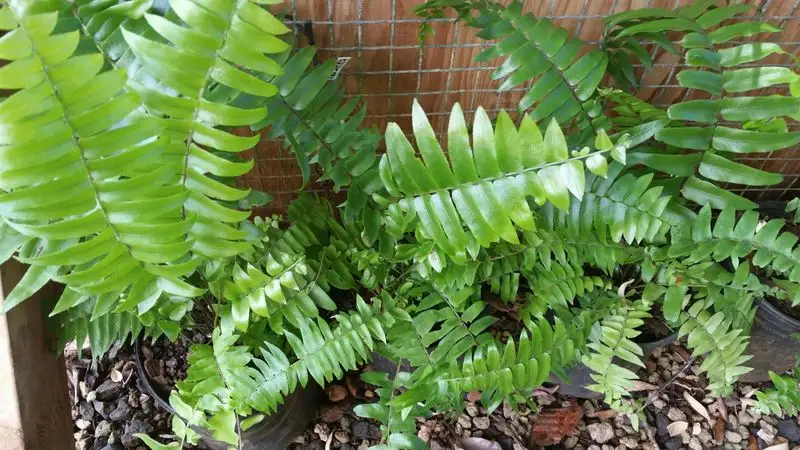
Ferns are lush and decorative but can be surprisingly fussy. They thrive in humidity, which is challenging in many homes. Without consistent moisture, their fronds can brown and wilt, diminishing their aesthetic appeal.
While they add a touch of elegance, their care requirements aren’t as simple as they seem. For those unable to provide the right conditions, ferns may lead to disappointment. Consider your home’s environment before indulging in the fern trend. These plants demand attention and may not suit every lifestyle.
Banana Plant Bust
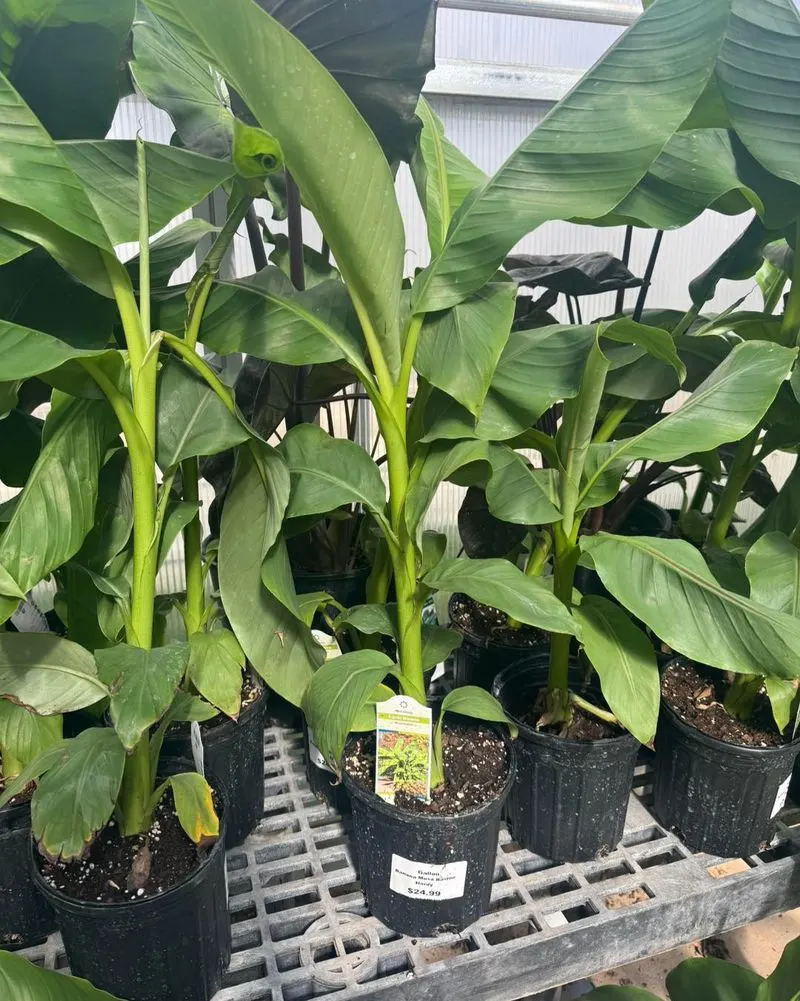
Banana plants bring a tropical feel, but they require more care than expected. Their large leaves need ample sunlight and humidity, often more than a typical garden can offer. In less-than-ideal conditions, they may yellow and decline.
These plants also require space to spread, which isn’t always feasible. Despite their exotic allure, the reality of caring for a banana plant can be daunting. Ensure your environment can meet their needs before venturing into this tropical trend. The regret of a struggling plant is not worth the initial allure.
Native Plant Revival

Native plants offer a sustainable gardening trend that’s worth embracing. Adapted to local conditions, they require less water and maintenance, thriving naturally. Their presence supports local wildlife, promoting biodiversity.
Unlike exotic species, native plants are less prone to pests and diseases, making them a resilient choice. They harmoniously integrate into the environment, creating a balanced ecosystem. By choosing native flora, gardeners contribute to ecological preservation. This trend offers long-term rewards, both for the gardener and the planet. Integrate these resilient beauties into your landscape for lasting satisfaction.
Vertical Gardens
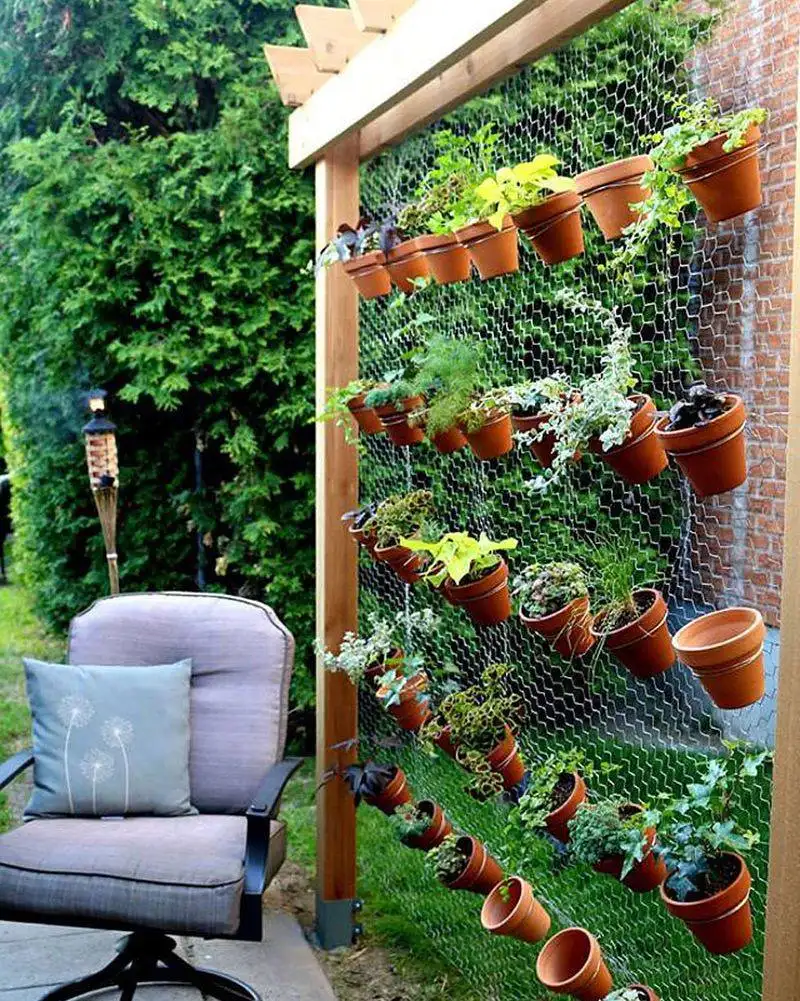
Vertical gardens transform small spaces into lush paradises, maximizing every inch. They provide a stunning visual impact and are ideal for urban dwellers. By growing upwards, they offer abundant greenery without crowding the floor space.
These gardens can include flowers, herbs, or vegetables, making them versatile and productive. With proper care, vertical gardens can thrive, providing fresh produce and beauty. This innovative trend is both practical and rewarding, especially for those with limited outdoor area. Embrace vertical gardening to enhance your space creatively and efficiently.
Edible Landscaping
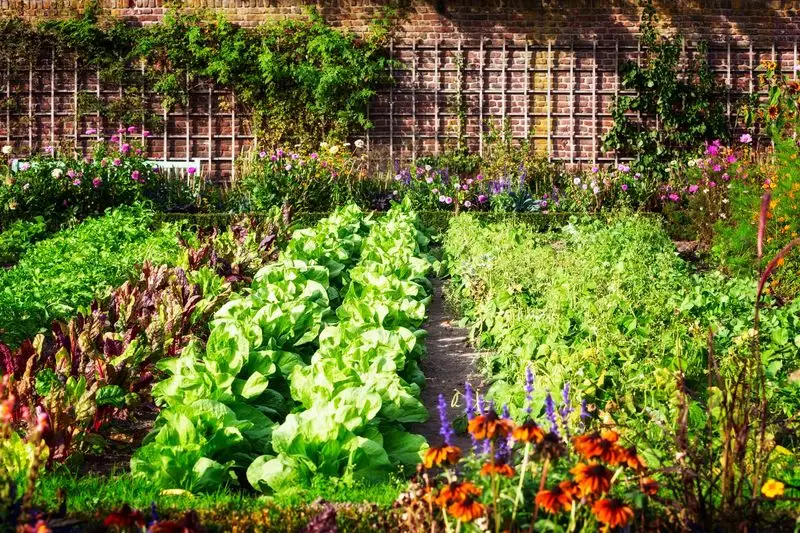
Edible landscaping marries beauty with functionality, creating gardens that nourish both body and soul. By incorporating fruit trees, vegetables, and herbs, gardeners enjoy fresh produce directly from their backyard.
This trend encourages sustainable living and self-sufficiency, reducing grocery bills and carbon footprints. The garden becomes a dynamic space, changing with the seasons, offering both aesthetic and nutritional benefits. For those committed to a greener lifestyle, edible landscapes offer lasting rewards. Transform your garden into a bountiful oasis with this fulfilling trend, blending nature and nourishment seamlessly.
Permaculture Plots
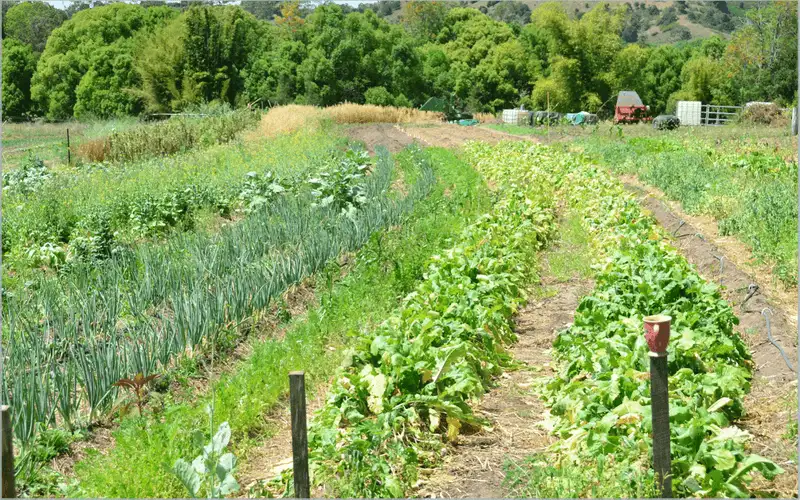
Permaculture emphasizes harmony with nature, creating self-sustaining ecosystems. These plots integrate diverse plant species, promoting natural growth and resilience. By mimicking natural processes, permaculture gardens reduce the need for chemical inputs.
They support biodiversity, enhancing soil health and attracting beneficial wildlife. This trend fosters long-term sustainability, making it a wise investment for environmentally conscious gardeners. By prioritizing ecological balance, permaculture offers a rewarding gardening experience. Dive into this enriching trend to cultivate a thriving, sustainable landscape that nurtures both the earth and its inhabitants.
Wildflower Meadows
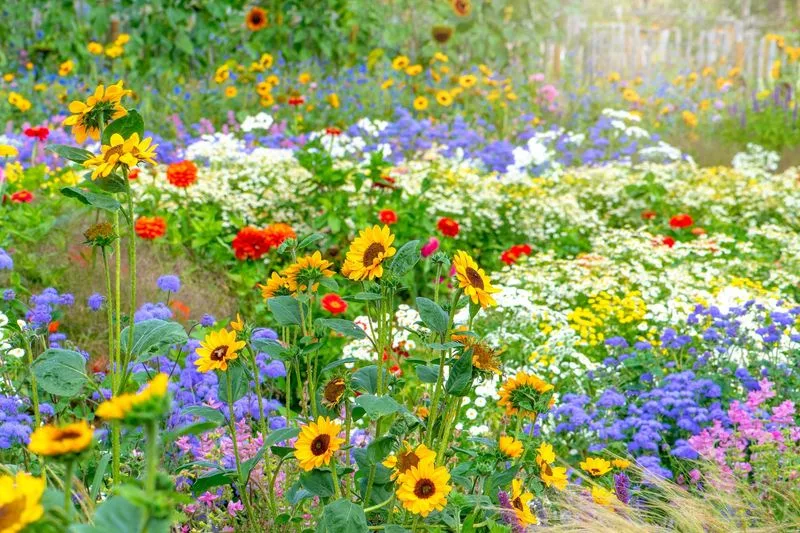
Wildflower meadows bring natural beauty and ecological benefits to any garden. These vibrant displays support pollinators, boosting biodiversity and enhancing local ecosystems. Unlike traditional lawns, wildflowers require less maintenance, thriving with minimal intervention.
Their seasonal blooms offer ever-changing landscapes, delighting the senses throughout the year. By opting for native species, gardeners ensure compatibility with the local environment. This trend combines visual appeal with environmental stewardship, creating spaces that flourish while supporting nature. Transform your garden into a lively, colorful haven with the enduring charm of wildflower meadows.
Herb Spirals

Herb spirals offer a practical and visually appealing gardening solution. Designed to maximize space, they allow for diverse herb cultivation in a compact area. The spiral design creates microclimates, accommodating a variety of herbs with different needs.
This trend promotes efficient water usage and can be adapted to various garden sizes. By providing fresh herbs at your fingertips, herb spirals enhance culinary experiences. For those who love cooking with fresh ingredients, this trend offers a delightful and sustainable option. Embrace the charm and utility of herb spirals in your garden for delicious results.
Rain Gardens
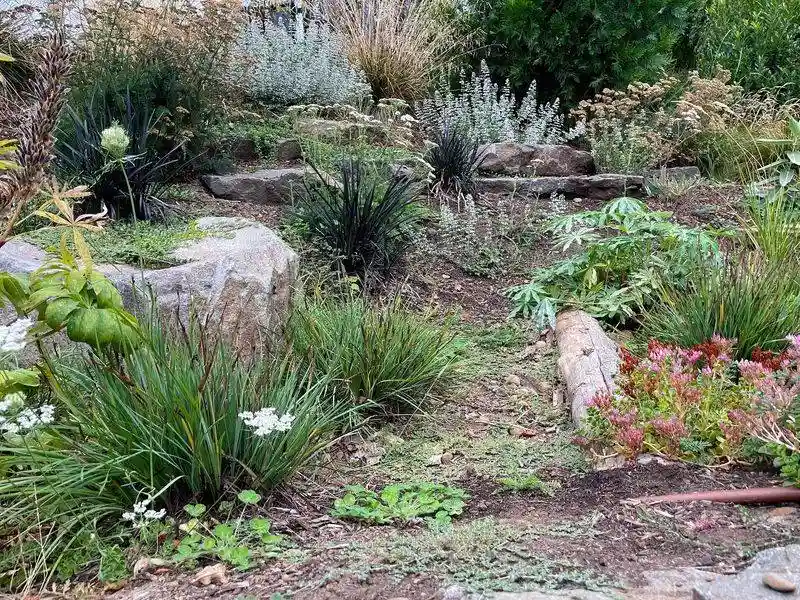
Rain gardens harness the power of nature to manage stormwater effectively. These gardens are designed to absorb and filter rainwater, reducing runoff and pollution. By incorporating water-tolerant plants, rain gardens thrive in areas prone to flooding.
They offer an aesthetically pleasing solution to environmental challenges, supporting local wildlife and enhancing landscape beauty. This trend promotes sustainability and resilience, adapting to climate variations. For gardeners seeking to address water management issues, rain gardens provide a functional and attractive option. Create a lush, eco-friendly oasis with the innovative approach of rain gardens.
Living Walls
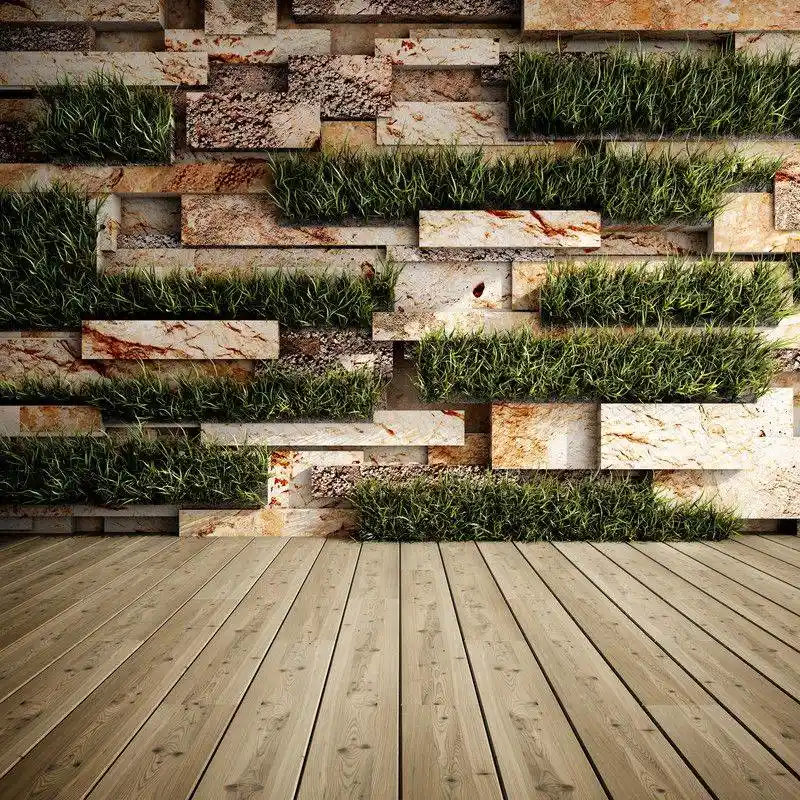
Living walls bring the allure of nature indoors, transforming dull spaces into vibrant, green sanctuaries. These vertical gardens improve air quality, provide insulation, and boost aesthetics. Ideal for urban environments, they make nature accessible in confined spaces.
Living walls require careful planning and maintenance, but their benefits are plentiful. They offer a sense of tranquility and connection to nature, enhancing mental well-being. This trend is a testament to innovative design meeting ecological needs. Embrace the beauty and functionality of living walls to enrich your indoor environment with natural charm.
Forest Bathing Gardens
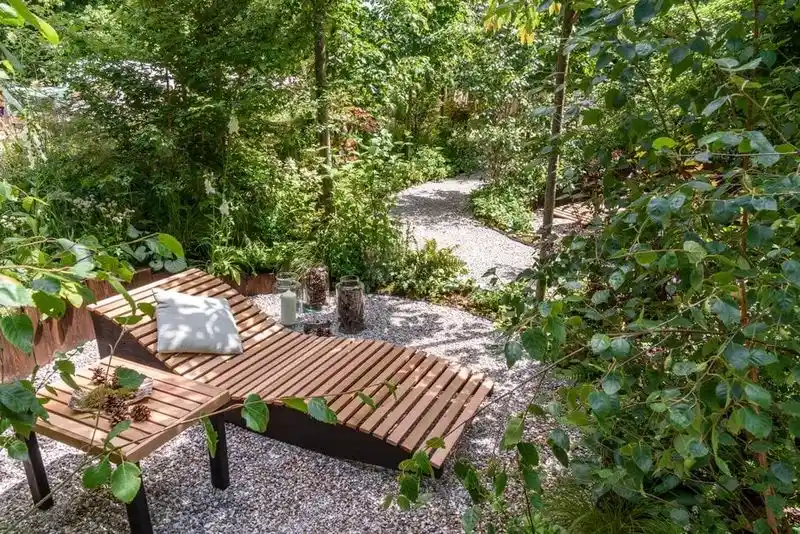
Inspired by the Japanese practice of Shinrin-yoku, forest bathing gardens offer a retreat into nature’s embrace. These gardens prioritize tranquility, featuring native trees and shrubs to mimic forest settings.
Paths invite leisurely strolls, encouraging mindfulness and relaxation. This trend connects people with nature, promoting mental health and reducing stress. Forest bathing gardens are designed to rejuvenate the spirit, offering a peaceful escape from urban hustle. For those seeking solace in nature, this trend provides a sanctuary for reflection and renewal. Create your own haven with the calming influence of forest bathing gardens.
Pollinator Pathways
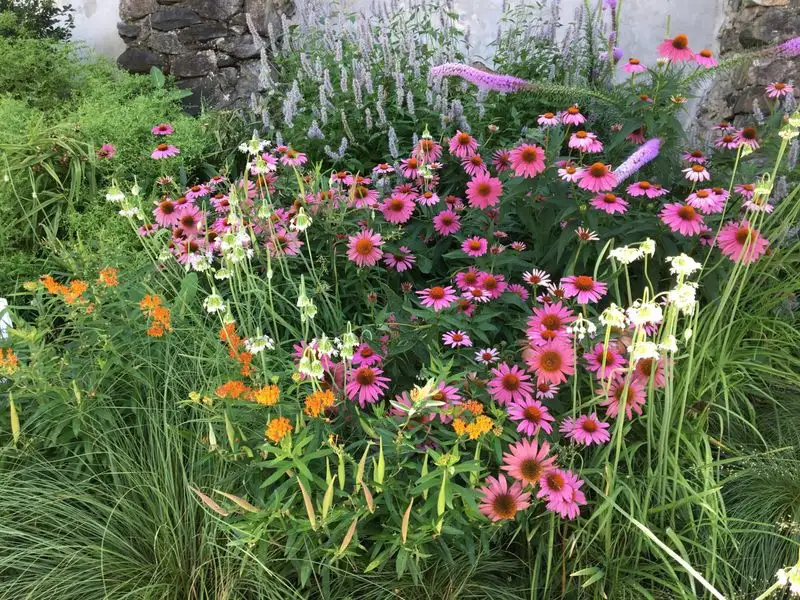
Pollinator pathways invite a buzz of activity to gardens, supporting essential pollinators like bees and butterflies. By planting nectar-rich flowers, these pathways enhance biodiversity and ecosystem health.
They create corridors for pollinators, connecting fragmented habitats and bolstering food supply. This trend is vital for conservation efforts, addressing declining pollinator populations. For environmentally conscious gardeners, pollinator pathways offer a meaningful way to contribute to ecological balance. Transform your garden into a vibrant, life-sustaining oasis with the purposeful trend of pollinator pathways.

